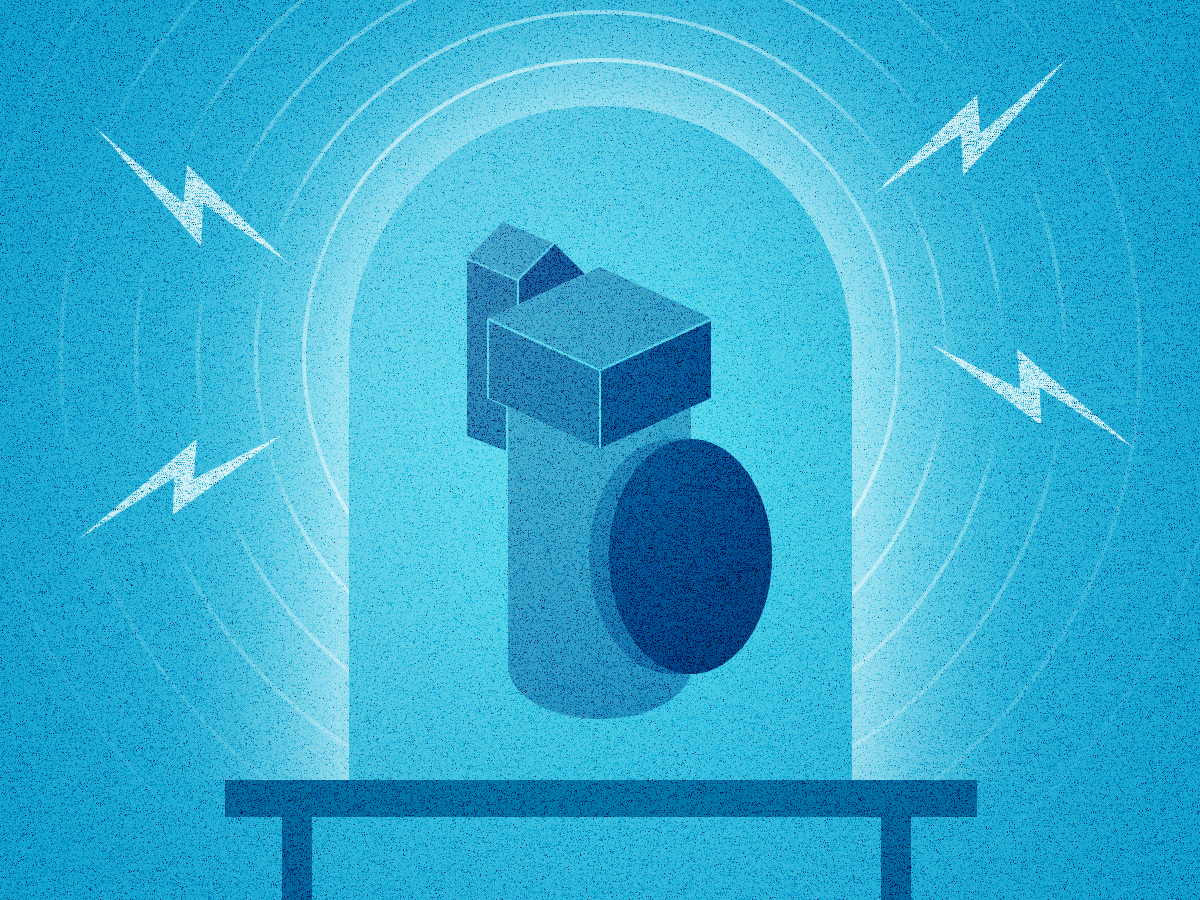
Tests are conducted to demonstrate that the Europa Clipper spacecraft can survive the environments it will experience in flight.
Gravity pulls on Europa’s Jupiter-facing side more than on its far side. Europa’s orbit is elliptical, causing the moon’s distance from Jupiter to vary. Because gravity’s strength is an inverse-square of distance, the closer Europa gets to Jupiter, the greater the difference in gravity felt by the moon’s near and far sides. As a result, Europa elongates when closer to Jupiter, and is more spherical when farther from Jupiter. When Europa changes shape, so must its gravity field.
Europa Clipper will pass through Europa’s gravity field when the moon is various distances from Jupiter. By studying how the spacecraft’s trajectory is altered by Europa’s gravity during each flyby, scientists will learn how the moon flexes, which in turn will reveal Europa’s internal structure.
How It WorksHow It Works
In gravity experiments, radio antennas on Earth send a radio signal to Europa Clipper. The spacecraft then transmits to Earth at a frequency coherent to what it received. The gravity science team precisely analyzes the Doppler shift and other aspects of the radio signal received on Earth. Then they trace it back a few steps.
“It's like when a firetruck goes by and the pitch of the siren changes,” said Dustin Buccino, a JPL scientist and engineer, and co-investigator for the gravity investigation. “We measure the difference between the frequency the spacecraft sent and the frequency Earth received. It gives us details about the spacecraft’s motion, which gives us details about Europa’s gravity field.”
How We'll Use ItHow We'll Use It
Europa Clipper will pass through Europa’s gravity field 45 times when the moon is various distances from Jupiter. The shape of Europa’s gravity field mirrors the shape of the moon itself. By studying how Europa’s gravity field changes shape, scientists are actually measuring how the moon itself changes shape.
“We’re trying to figure out Europa’s tidal Love number,” Buccino said. The number represents how succeptible a world is to tidal forces, which depends on each world’s internal structure. “We want to find out how deep the ocean is,” Buccino said. “That’s what the tidal Love number leads to.” Europa’s flexing is determined by how much water the moon contains, how close water is to the surface, and other factors. That tells scientists the moon’s ice thickness.
Meet the TeamMeet the Team
Erwan Mazarico is the gravity team lead and a planetary scientist at NASA’s Goddard Space Flight Center. “The mission’s goal is to see if Europa has been or could be habitable.” Doing so requires seeing inside Europa. “That’s confirming the global ocean, the average thickness of the ice shell, and potential variability in the ice shell. For instance, the presence of lakes within the ice shell may leave a gravity signature.”
Studying Europa requires devotion to teamwork, said Julie Castillo-Rogez, a planetary geophysicist at JPL and member of the gravity science team. “You need complementary science instruments whose teams exchange information and help each other,” she said. “When I joined the team in 2020, it was cool to find the mission’s synergy was already a well-oiled machine.”


